Anatomy of the Pandemic State
Part 2: Exposing Regulatory Capture and the regulator-industry revolving door that jeopardizes public safety
Regulatory capture: a process by which regulatory agencies become dominated by the very interests they regulate instead of public interest. This results in actions benefitting the organizations being regulated and antithetical to those of the public health and safety of citizens.
What if I told you the distinction between government and private industry is cosmetically skin-deep, and that there exists an elaborate system constructed for the express purpose of concealing this from you in plain sight?
Of all deceptions perpetrated by the pandemic state, there’s none more blatantly egregious than the illusion of separation between private industry and the gargantuan taxpayer funded apparatus ostensibly tasked with regulating it. (I invite you to read the first installment in this series here. In it you’ll learn the architecture and history of the pandemic state and how it created conditions ripe for creeping authoritarianism normalized during the pandemic.
One needs only the slightest peek behind the charade curtain to expose the hydra of regulatory capture that shares vital organs between the regulator and the regulated and whose many heads fight common enemies of transparency and accountability, not each other.
What follows is the lifting of the veil, the scratching of the veneer and the exposal of a public-private revolving door whose invisible hands direct public health policy and create perverse incentives and conflicts of interest too mind-boggling to comprehend.
A scholarly exposition of every instance of regulatory capture would be voluminously tedious, not to mention unreadable. However, we can explicate its modus operandi using just a few instructive examples.
Perhaps the most famous example of how the revolving door works is former FDA commissioner Scott Gottlieb, who worked at the FDA from 2002 to 2003 and 2005 to 2007. In 2007 Gottlieb became a venture partner at New Enterprise Associates (NEA), the world's largest venture capital firm by assets under management, where unsurprisingly he was an active investing partner in the firm's healthcare division. Gottlieb was also an independent director at Tolero Pharmaceuticals and Daiichi Sankyo Inc. and a member of GlaxoSmithKline's product investment board.
Gottlieb returned to the FDA in 2017, this time as the Commissioner of the nation’s top pharmaceutical regulatory agency, after spending a decade getting paid by the very pharmaceutical companies he would now be in charge of regulating.
On March 5, 2019, Gottlieb announced his resignation as FDA Commissioner. Upon leaving the FDA, Gottlieb returned to the New Enterprise Associates as a partner in the firm's healthcare practice. But wait, there’s more.
On June 27, 2019, Pharma-giant Pfizer announced that the former US Food and Drug Administration commissioner would be joining its board of directors.
And what a spectacular stroke of fortuitous coincidence this was. The first case of COVID-19 would occur less than 5 months later and Pfizer just so happened to be one of the two companies that received the FDA “Emergency Use Authorization” (EUA) designation. Consequently the pharma giant posted a record-breaking $100 billion revenue for FY 2022, more than half of which was driven by COVID therapeutics alone.
This isn’t meant to be a dunk on Dr. Gottlieb. It is only to highlight a persistent, pervasive and troubling pattern. Did you know that almost all FDA commissioners enter the pharmaceutical industry? This isn’t illegal but surely undermines trust in public institutions, as it rightfully should.
A staggering 10 out of the last 11 FDA commissioners—over 4 decades of agency leadership—have gone on to work for pharmaceutical companies.
This so-called “revolving door”—a tacit agreement between big drug companies and government employees seeking greener pastures is not unique to the FDA. It is rampant in all sectors of public health, and indeed all forms of government service.
The other recently famous example is that of disgraced former NYC COVID czar, Dr. Jay Varma, who was recorded in an undercover video boasting about participating in drug fueled sex orgies in violation of the very social distancing COVID policies he helped write. Varma started his public health career at the CDC, became the deputy commissioner of the New York City Department of Health, and during the COVID-19 pandemic was promoted to Mayor Bill de Blasio's senior advisor for public health.
After leaving public health, Varma became the executive vice president and chief medical officer at SIGA Technologies, an American pharmaceutical company developing drugs for the treatment of smallpox, monkeypox cowpox and other viral illnesses. His new employer was the beneficiary of millions of dollars in funding from the National Institutes of Health (NIH).
Here is where things get really crazy: SIGA’s flagship drug is TPOXX (tecovirimat), approved by the FDA for the treatment of smallpox. However, what SIGAS really, really wanted is for the drug to get approved for Monkeypox.
And as it just so turns out, after leaving his NYC public health job, Varma had rebranded himself a Monkeypox expert. Here’s Jay Varma in Aug 2022 on PBS drumming up the dangers of monkeypox and asking the federal government “to to waive certain regulations and speed up processes like getting drugs or vaccines or tests approved faster.”
Through the stroke of fortuitous coincidence that seem to occur as frequently as daily ablutions at the regulator-industry nexus, Varma was named Executive Vice President and Chief Medical Officer of SIGA a mere 12 months later.
But wait, there’s more.
In the same hidden-video recording, Varma describes how he used his public health credentials to exaggerate the dangers of the disease in media appearances and influences FDA decisions: “That’s why spinning it in the media is helpful. We want the FDA to approve our drugs, specifically for monkeypox, and right now it’s only considered experimental and they won’t approve it”
He freely admits the drug barely works: “stuck with our drug” but people aren’t going to be “as confident in it because the data doesn’t look as strong as it should.”
In the videos, Varma then gloats about how he “knows the reporters well”
“So basically what we’re trying to get the media to say is, ‘Oh, the drug didn’t work because it was designed the wrong way. So they’re going to do another study, and it’ll probably work’ and in the meantime, people just prescribe it as an emergency drug. That’s what we want the story to be”
Varma adds that the risk of monkeypox spreading in the US is “very low” and is “almost certainly going to stay among gay men.”
This “revolving door” and blatant disregard for ethical boundaries probably happens way more often than public health would like to admit. Unfortunately for Dr. Varma, he says the quiet part out loud on hidden camera and unwittingly reveals a modus operandi long been suspected but never proven. Till now. You can watch the entire thing in all its unbridled glory below.
Former Health and Human Services secretary Alex Azar spent a decade with pharmaceutical giant Eli Lilly and Co. before coming to the nation’s capital to lead HHS. In January 2022, a year after leaving his Cabinet post, Azar became chairman of the board of LifeScience Logistics, the firm managing Florida’s Canadian importation program, which just won approval from the Food and Drug Administration.
The regulator-industry revolving door is certainly not unique to pharma or healthcare. It exists in nearly every industry and considered routine business.
According to a 2019 study by Boston and Harvard university researchers, about 57% of presidential cabinet-level officials go on to serve on corporate board of directors.
Lloyd Austin became the first secretary of defense on Jan. 22, 2022. During his stint as head of U.S. Forces in Iraq, Austin reportedly befriended President Joe Biden's son, Beau. Austin was then nominated to become the Army's vice chief of staff. Just a year later, then-President Barack Obama tapped Austin to head up U.S. Central Command.
After the election of former President Donald Trump in 2016, Austin left the public sector and assumed positions on the corporate boards of steel manufacturing giant Nucor Corporation, Tenet Healthcare and United Technologies, which merged with defense contractor Raytheon Company in 2020. The merged corporation, Raytheon Technologies, is among the top five top lobbying spenders in the defense sector and spent almost $11 million on lobbying in 2020
Prior to joining the Biden administration, Austin worked alongside fellow cabinet member Antony Blinken at Pine Island Capital Partners, a private equity firm investing in defense companies that touted its access to Washington.
So prevalent and commonplace is this revolving door that Open Secrets has compiled an enormous database that tracks government employees and their revolutions in and out of the private sector. Play around with their search tool if you wish to strain the limits of your credulity. You can access the database here—>
According to a STAT news investigation, Seventy-two senators and 302 members of the House of Representatives, representing more than two-thirds of Congress, cashed a check from the pharmaceutical industry ahead of the 2020 election.
Pfizer’s political action committee alone contributed to 228 lawmakers. Amgen’s PAC donated to 218, meaning each company helped to fund the campaigns of nearly half the lawmakers on Capitol Hill. Overall, the pharmaceutical sector donated $14 million.
According to a recent comprehensive study looking at the revolving door phenomenon, of people appointed to the Department of Health and Human Services between 2004 and 2020, 15% had been employed in private industry immediately before their appointment. At the end of their tenure, 32% exited to industry. The greatest net exits to industry were from the CDC and the Centers for Medicare and Medicaid Services.
One proposed solution to this vexing problem is the so-called “cooling-off” period that prohibits government employees from seeking employment in related private sector jobs for a period of time after leaving the government. Current cooling-off laws tend to last no more than two years and are narrow in scope because they do not cover lobbying related to agency decision making and don't deter behavior.
Genevieve P. Kanter the author of the above study suggests: 'The direction one might go is to expand the cooling off laws. But that's a blunt instrument for a lot of subtle things that might be going on in terms of the effects of the revolving door.'
If you thought lawmakers and public health leadership is hard at work mitigating or eliminating this revolving door, you’re woefully wrong. In fact they’re putting in express lanes with automatic checkouts and back doors where none previously existed to make the process even more opaque.
The CDC uses a non-profit front—The CDC Foundation— to actively solicit money from pharma. This motherlode of all private-public partnerships and conflicts of interest has received hundreds of millions of dollars from Big Pharma, Big Finance, Bill Gates, Big Agro, Big Oil… basically Big everything. See for yourself.

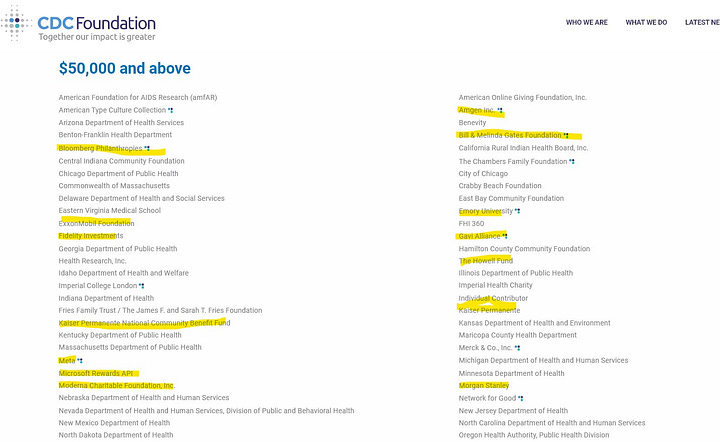
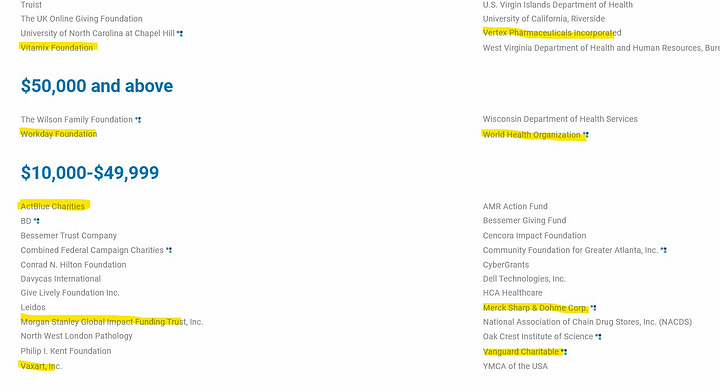
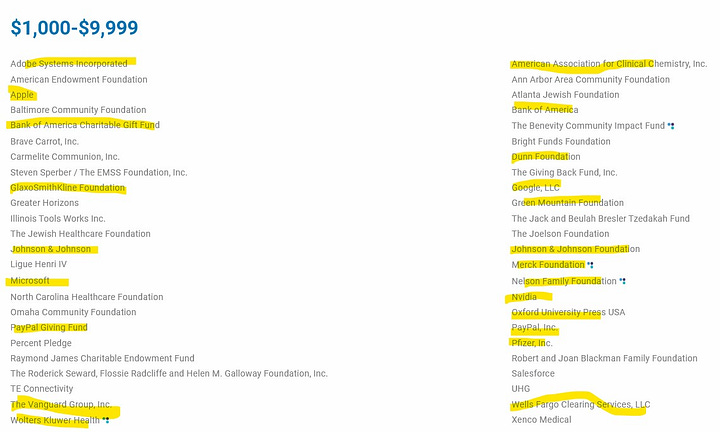
But wait! The NIH does the exact same thing.
Do you now see how the revolving door works? Is it realistically possible for regulators and government entities to remain unbiased and free from conflicts of interest in the current system? A system that is by design created to merge the public and private sectors into one homogenous entity: two separate entrances that lead into the same cavernous abyss of special interests, where paradoxically the only thing missing from public-private partnerships is the participation and best interests of the public.
Here’s a partial list of some of the more high profile revolving door entrances and exists. Comment below if you feel others should be added to this list.
I sincerely hope this article was as illuminating for you to read as it was for me to research and write. As always, your support is greatly appreciated. Be sure to read my other articles. Please subscribe, share and comment. I look forward to reading your comments.







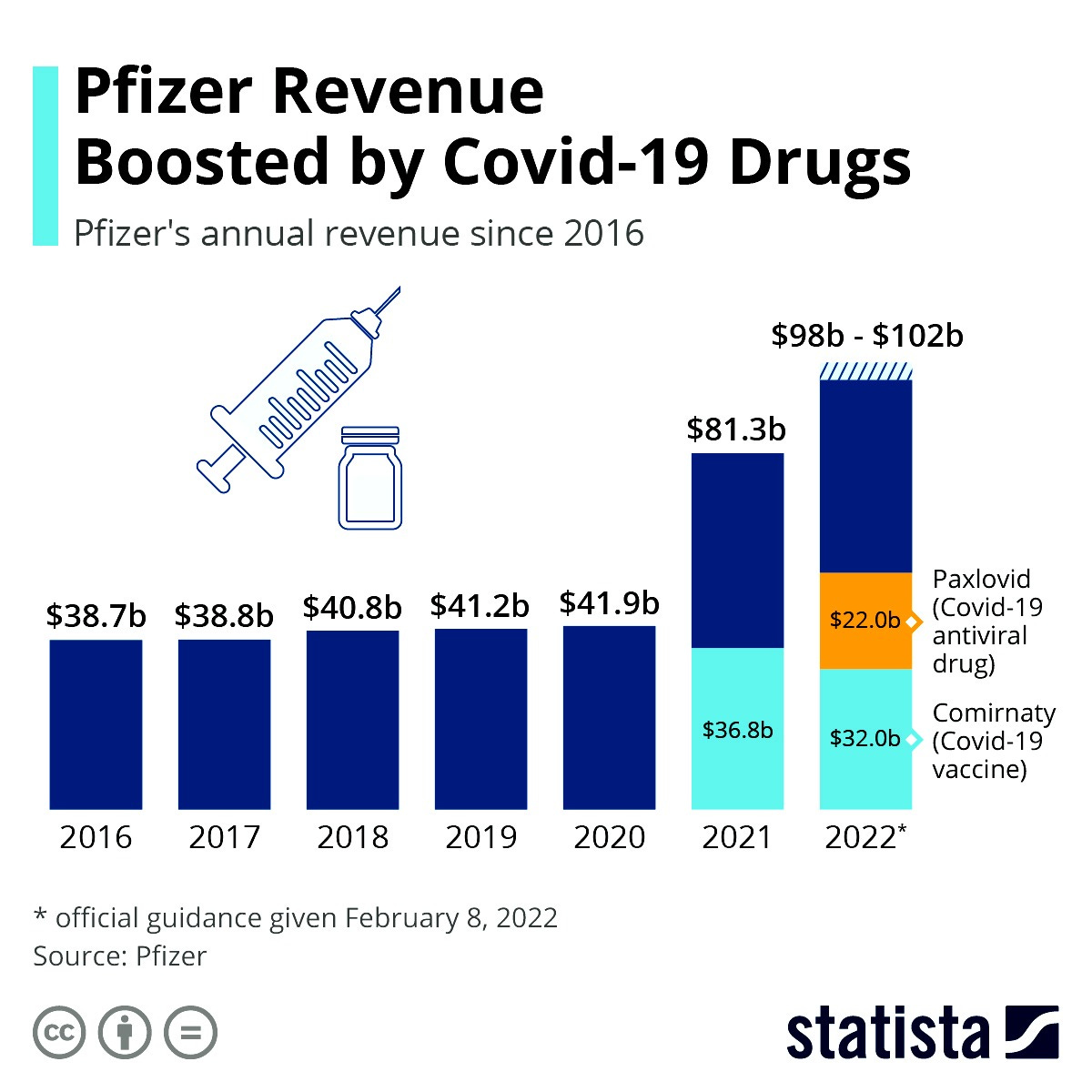



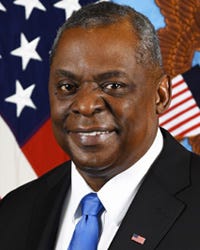




What terrific material. Thank you so very much
An excellent summary of "...a system that is by design created to merge the public and private sectors into one homogenous entity...", using manufactured crises to consolidate its power and control.
I call the system "liberal-fascism": rule by a corporatist oligarchy, behind a false front of liberal democracy. In the US, the central committee is the Council on Foreign Relations (CFR) and its network of corporations, foundations, and NGOs which has controlled the govt and media since WW2. See charts: swprs.org/the-american-empire-and-its-media/
The major finance, energy, defense, pharma and media corporations are CFR "partners", and many of their execs are members. This includes BlackRock, Exxon, Lockheed, Pfizer, Google and Facebook. See lists: https://www.cfr.org/membership/corporate-members
CFR members on the "Biden team" include Blinken, Yellen, Austin, Mayorkas, Burns, Zients, Greenfield, Powell, and dozens more. Zients, a former Facebook director who was Biden's "covid coordinator" during the vax rollout, is now his chief-of-staff.
To understand the "anatomy" of this system and how it developed, the CFR network is an excellent place to start. The connections are endless.